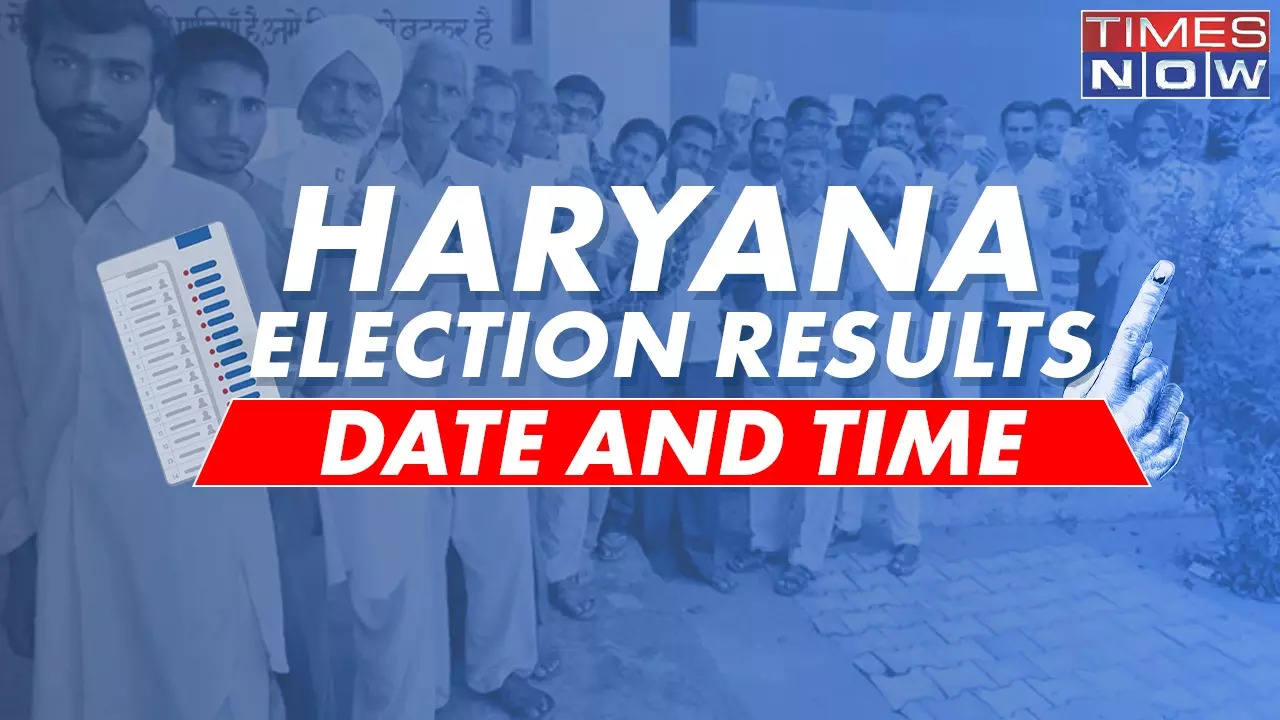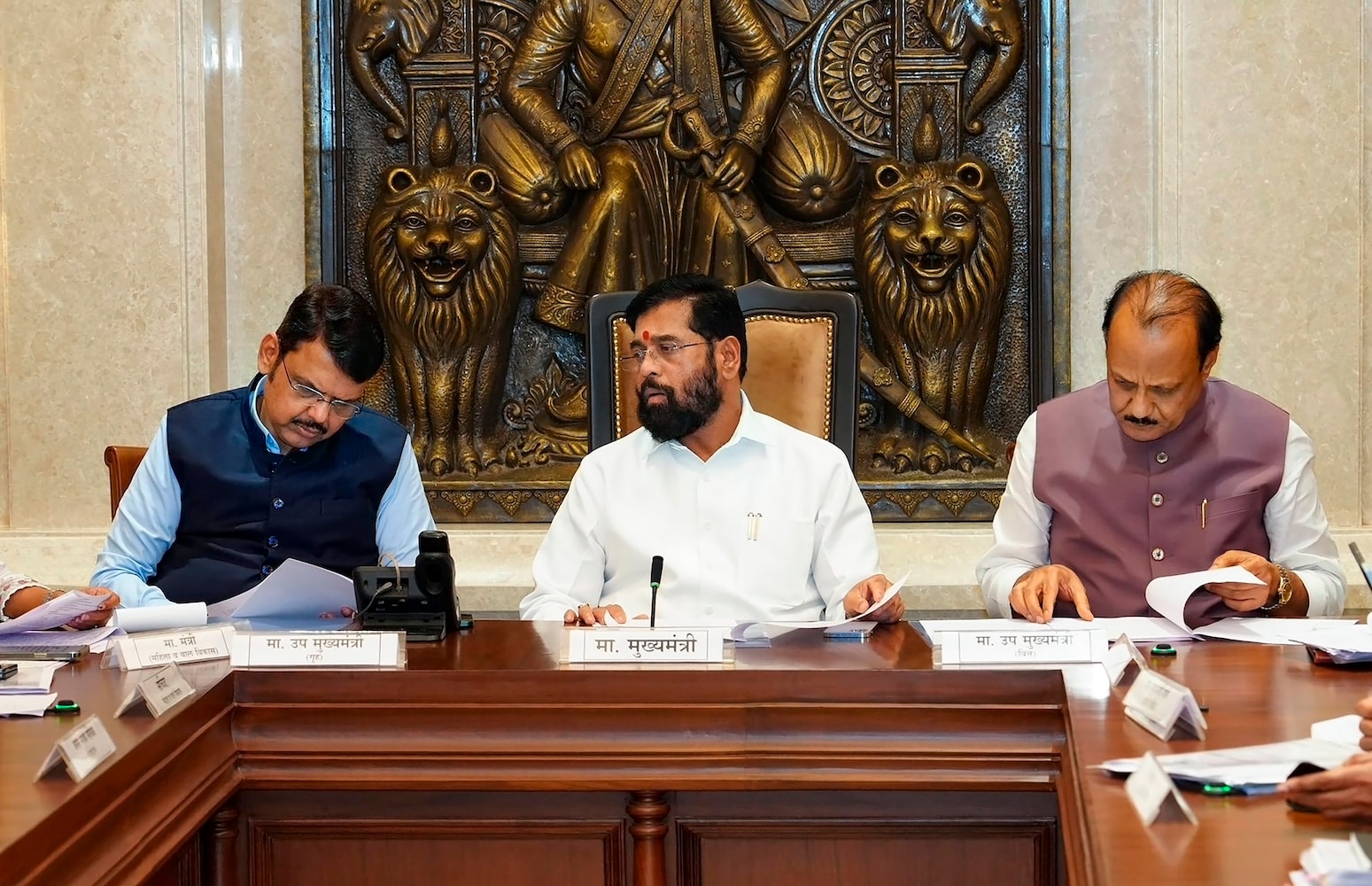
Vladimir Putin attempted to draw yet another red line on September 12, warning Western leaders that any decision to let Ukraine use long-range weapons against targets inside Russia would mean that NATO countries are “at war” with Russia. Speaking to the Kremlin media, Putin said that allowing Ukrainian strikes on Russian territory using Western-produced missiles would represent direct NATO involvement in the war. “This will mean that NATO countries, the United States, European countries, are at war with Russia,” he stated, before vowing to take “appropriate decisions” in response.
Putin’s comments came amid mounting speculation that Ukraine’s partners are preparing to lift controversial restrictions on the use of long-range Western weapons that currently prevent strikes against military targets in the Russian Federation. The United States, Britain, and France have all provided Ukraine with long-range missiles, but have so far blocked Kyiv from using them inside Russia. However, there are growing indications that Western leaders are now ready to rethink their stance and give Ukraine the green light.

Putin is clearly hoping to intimidate the West and convince Ukraine’s allies to maintain the present ban on strikes inside Russia. At the same time, his new threat raises some awkward questions for the Kremlin. If Ukrainian air strikes on Russian territory using Western-supplied long-range missiles really do represent a red line for Moscow, why did Putin not react sooner? After all, the Ukrainian military has been conducting strikes using exactly these weapons for more than a year in occupied areas of Ukraine that Putin himself insists are now part of Russia.
As the world watches the Russian invasion of Ukraine unfold, UkraineAlert delivers the best Atlantic Council expert insight and analysis on Ukraine twice a week directly to your inbox. The obvious inconsistency of Putin’s position provides a hint of the realities behind his imperialistic posturing during the invasion of Ukraine. When he first embarked on the invasion ten years ago, Putin began by pronouncing the annexation of Ukraine’s Crimean peninsula.
In September 2022 he went even further, declaring that four partially occupied Ukrainian provinces were now part of the Russian Federation and would remain Russian “ forever .” The Russian Constitution was duly updated to include Ukraine’s Donetsk, Luhansk, Zaporizhzhia, and Kherson regions. Putin has since doubled down on these territorial claims.
He has boasted publicly of his Ukrainian “ conquests ,” and has compared his invasion to the imperial expansion of Russia under eighteenth century czar Peter the Great. In June 2024, Putin stated that in order to secure a ceasefire and begin peace talks, the Ukrainian military must completely withdraw from all four partially occupied provinces and hand them over to Russia. Meanwhile, Kremlin officials frequently state that in order to end the war, Ukraine must reconcile itself to the new “ territorial realities ” created by the invasion.
Judging by Putin’s latest red line, it would appear that he has also not yet fully adjusted to the new territorial realities championed by his own propaganda. While Putin publicly insists that the five unilaterally “annexed” regions of Ukraine have all been officially incorporated into the Russian Federation, he is evidently in no hurry to offer them the same level of protection afforded to other Russian regions. This reluctance undermines his efforts to portray the occupation of Ukrainian lands as irreversible, and serves as tacit acknowledgment that in Putin’s new empire, some regions are more Russian than others.
This is not the first time Russia has warned of impending war with NATO, of course. On the contrary, Kremlin officials and Russian propagandists routinely depict the invasion of Ukraine as a war against the West and often claim to be fighting NATO. Nor is it unusual for Putin’s red lines to be revealed as suspiciously flexible.
Since the very first day of the invasion, the Russian dictator has regularly attempted to impose arbitrary limits on the Ukrainian military and the country’s Western allies, only to take no action when these red lines are subsequently crossed. Since February 2022, Ukraine’s partners have debunked red line after red line as they have expanded their military aid to Kyiv from helmets and hand-held anti-tank weapons to Patriot air defense systems, long-range missiles, and F-16 fighter jets. Meanwhile, Ukraine has repeatedly called Putin’s bluff by liberating occupied regions claimed by the Kremlin and disabling or sinking around one-third of the entire Russian Black Sea Fleet.
In August 2024, the Ukrainian army crossed the reddest of all red lines by invading Russia itself. Rather than making good on his threats, Putin responded by downplaying the the invasion and portraying the first occupation of Russian land since World War II as a mere “ provocation .” It should now be obvious that Putin’s red lines are just a bluff intended to scare the West and isolate Ukraine.
Over the past two and a half years, his efforts to impose restrictions on his international adversaries have been repeatedly exposed and have grown increasingly detached from the realities of the war. We have now reached the point where Putin’s latest red lines directly contradict his own propaganda. The Russian ruler’s reliance on empty threats underscores the relative weakness of his position.
If Western leaders can finally overcome their fear of escalation, they will find that Putin is far less formidable than he would like us to believe. Peter Dickinson is editor of the Atlantic Council’s UkraineAlert service. Further reading The views expressed in UkraineAlert are solely those of the authors and do not necessarily reflect the views of the Atlantic Council, its staff, or its supporters.
.














